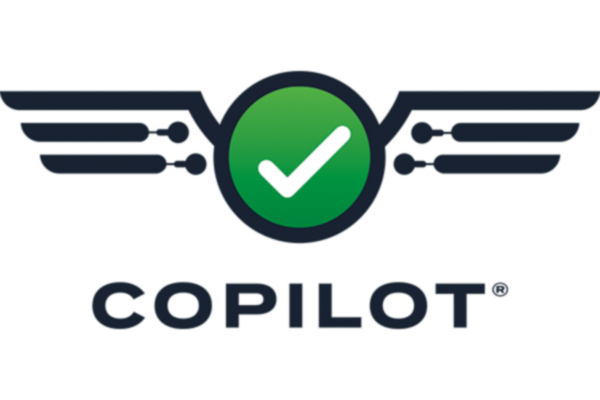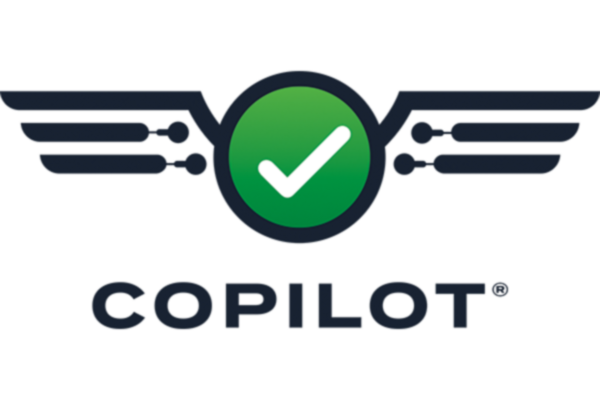
View this short video regarding the OR2-M Lynx™ Shielded Dual-relay Output Module. The OR2-M is a DIN-rail-mounted module that is wired to the molding machine in order to provide output signals from the CoPilot® System for part sorting, injection enable, or transfer. Read more

Learn how to replace fuses in the OR2-M Lynx™ Shielded Dual Relay Output Module. Read more

This 3.5 minute video introduces how to add, isolate, and remove curves on the Cycle Graph in the RJG CoPilot® software. Read more

In this two minute video, discover how to add overlays, selecting specific times to add to the Cycle Graph of RJG's CoPilot® software. Read more

This two-minute video covers how to work with time ranges on the Cycle Graph within RJG's CoPilot® software. Read more

Discover how to set a fill volume using cycle graph quick actions within RJG's CoPilot® software in this short video. Read more
Shopping Cart
Your cart is empty
